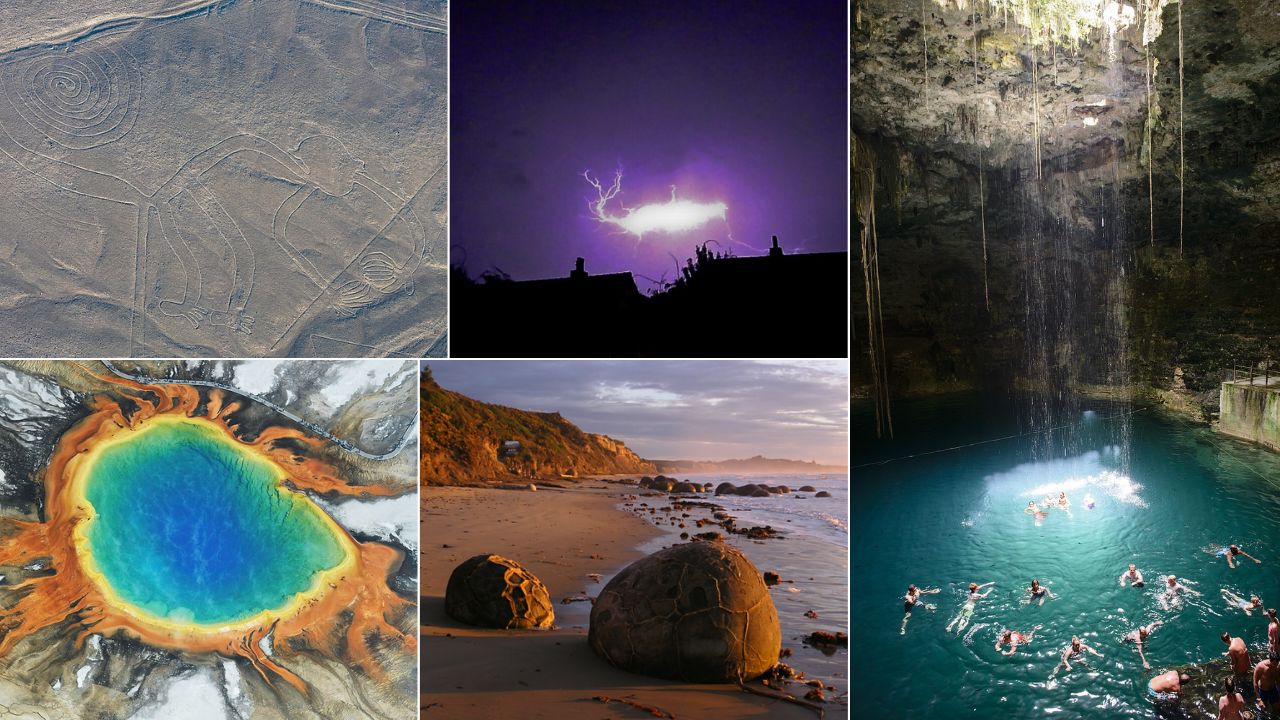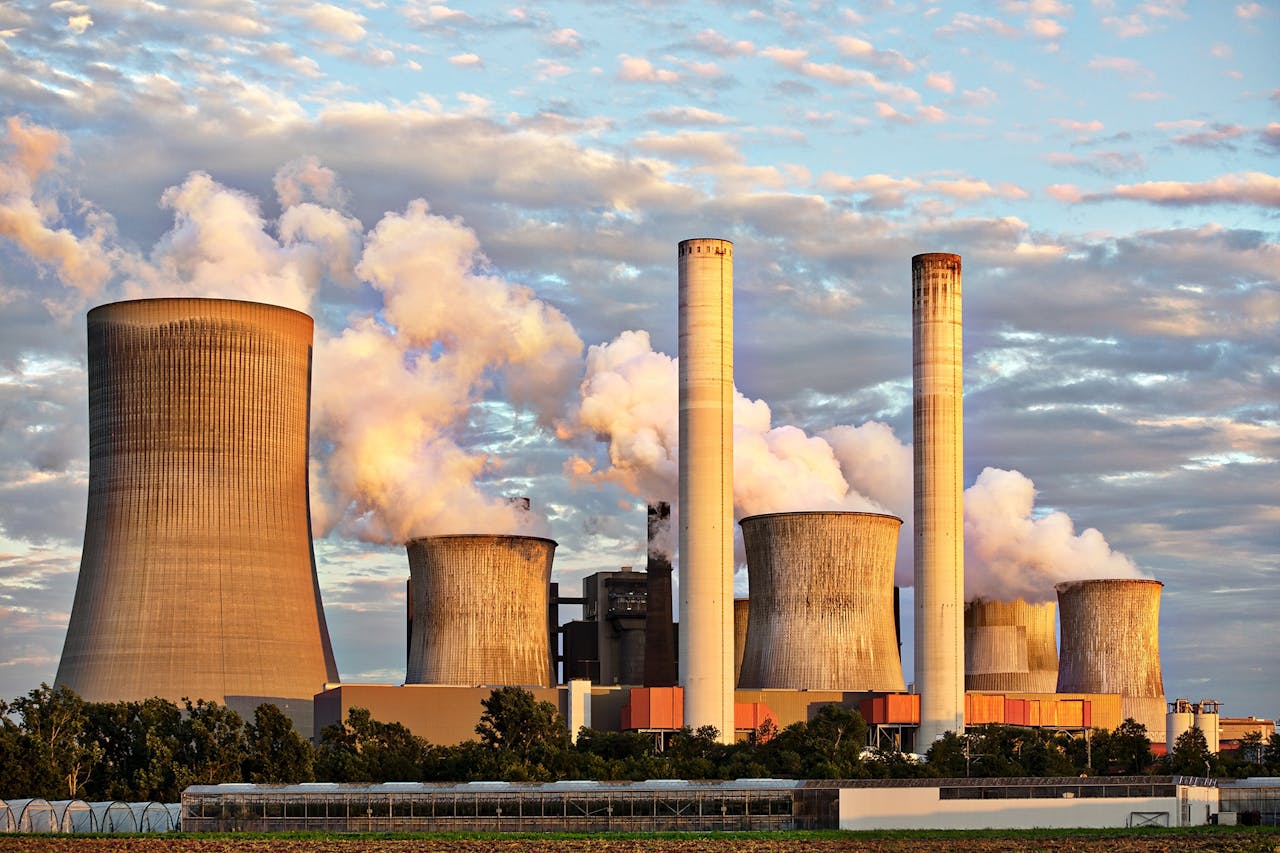While science has uncovered many of Earth’s mysteries, there are still phenomena that challenge our understanding of the natural world. From unusual weather patterns to inexplicable geological occurrences, these events remain baffling to scientists. Despite years of research and analysis, some Earth events defy easy explanation. Here are 12 Earth events that continue to intrigue and perplex scientists, leaving room for future discoveries and advancements in our understanding of the planet.
1. The Tunguska Event (1908)
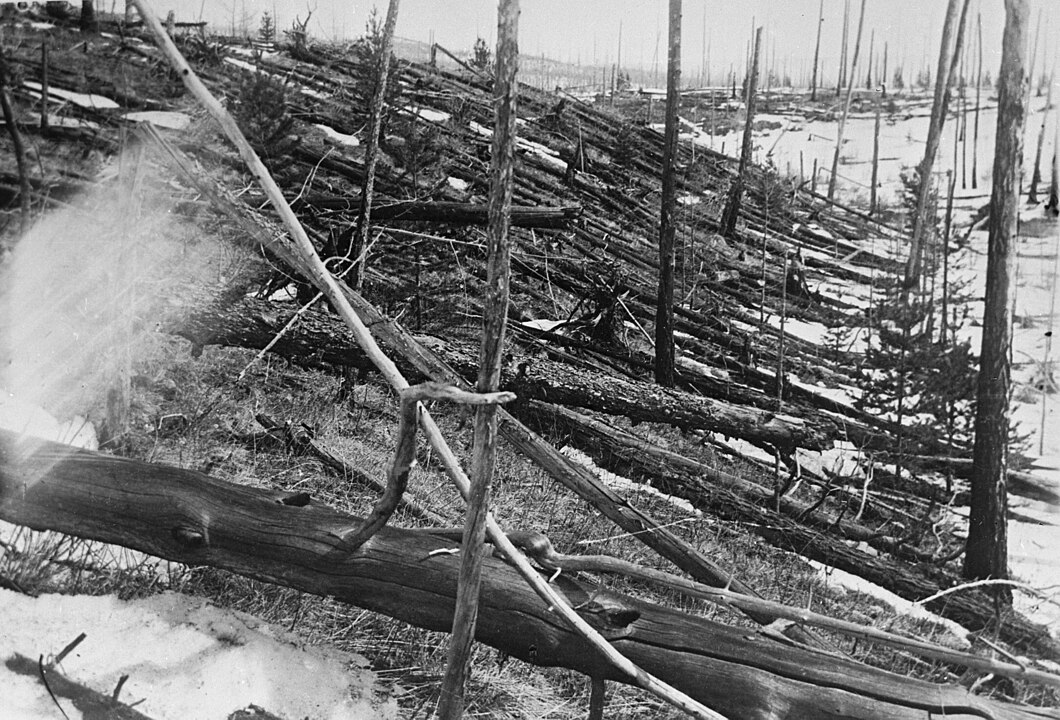
In 1908, an explosion flattened over 2,000 square kilometers of forest in Siberia, known as the Tunguska Event. The explosion’s force was equivalent to a large thermonuclear bomb, but no impact crater was found. The most widely accepted theory is that a meteor or comet exploded in the atmosphere, causing the blast. However, the lack of a clear impact and the scale of the explosion continue to fascinate scientists. Although the event is largely explained, some details, such as the exact composition of the object, remain uncertain.
2. Ball Lightning
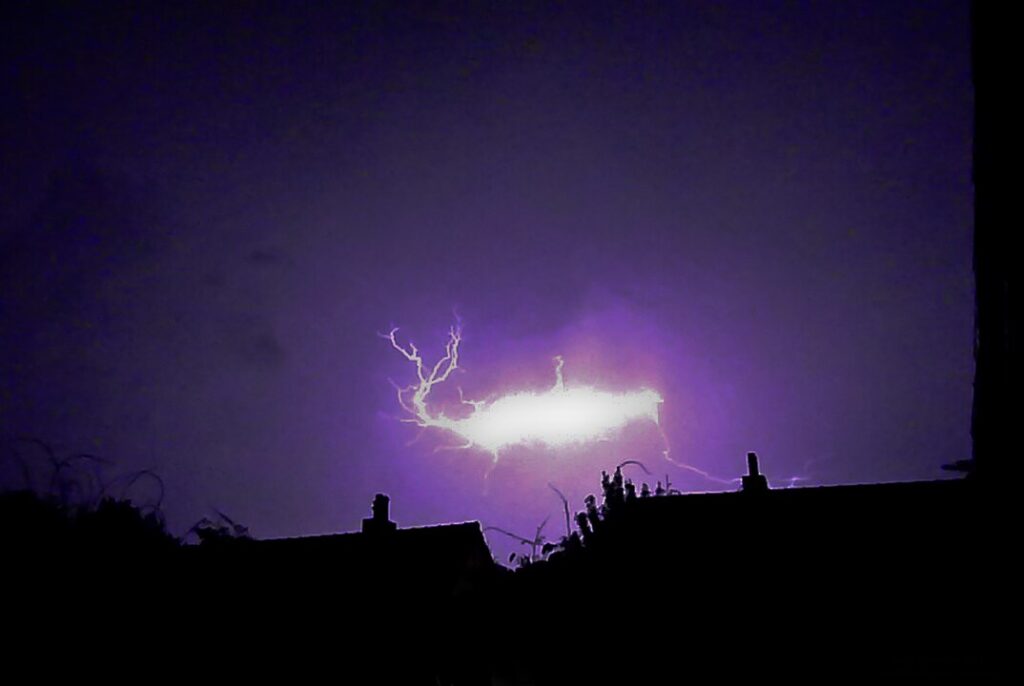
Ball lightning is a rare and mysterious phenomenon in which a glowing, spherical object appears during thunderstorms. Unlike regular lightning, which is brief and linear, ball lightning can persist for several seconds and has been described as floating and moving unpredictably. While some theories suggest it could be a form of plasma or a result of atmospheric electrical discharges, ball lightning remains difficult to reproduce and study in controlled environments. Its unpredictability and transient nature continue to leave scientists puzzled.
3. The Great Famine of 1315-1317
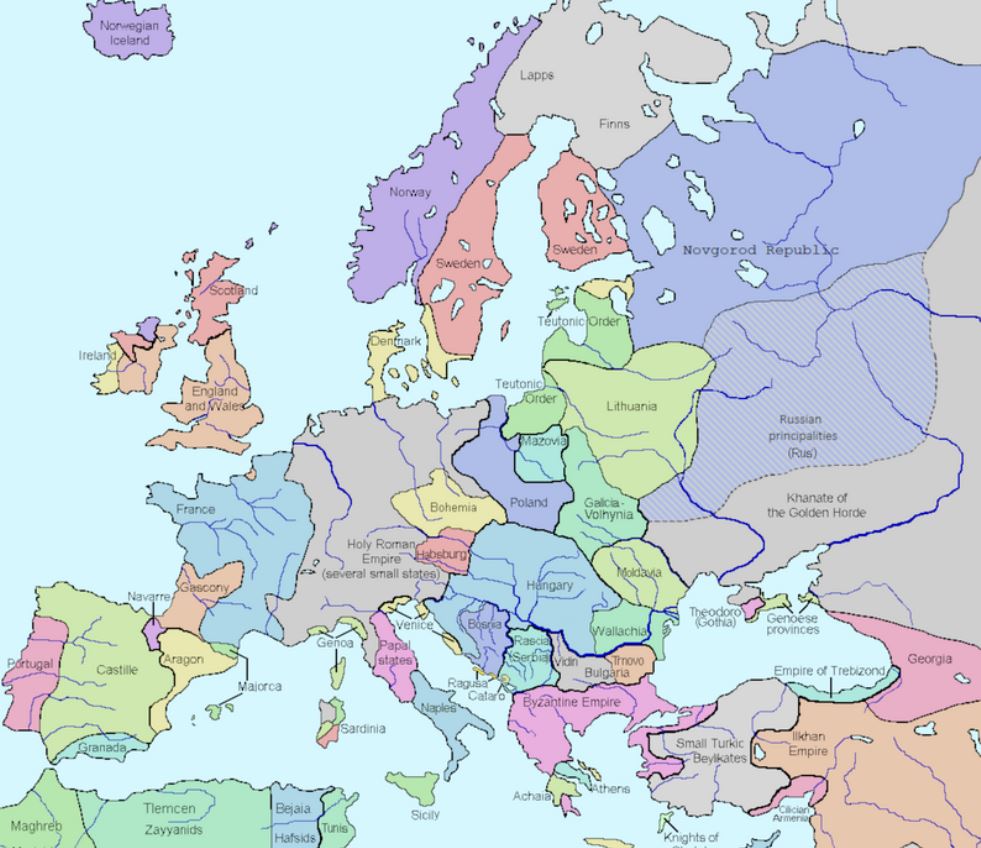
The Great Famine of 1315-1317 devastated Europe, resulting in widespread hunger, death, and economic decline. Historians and climatologists largely agree that the famine was caused by a period of exceptionally cold and wet weather, which devastated crops. While the cause of the weather patterns has been explained, the exact conditions of how these events came about remain a subject of study. This event significantly impacted European society, and its aftermath played a role in setting the stage for the Black Death.
4. The “Mysterious” Ice Caves of Mount Erebus
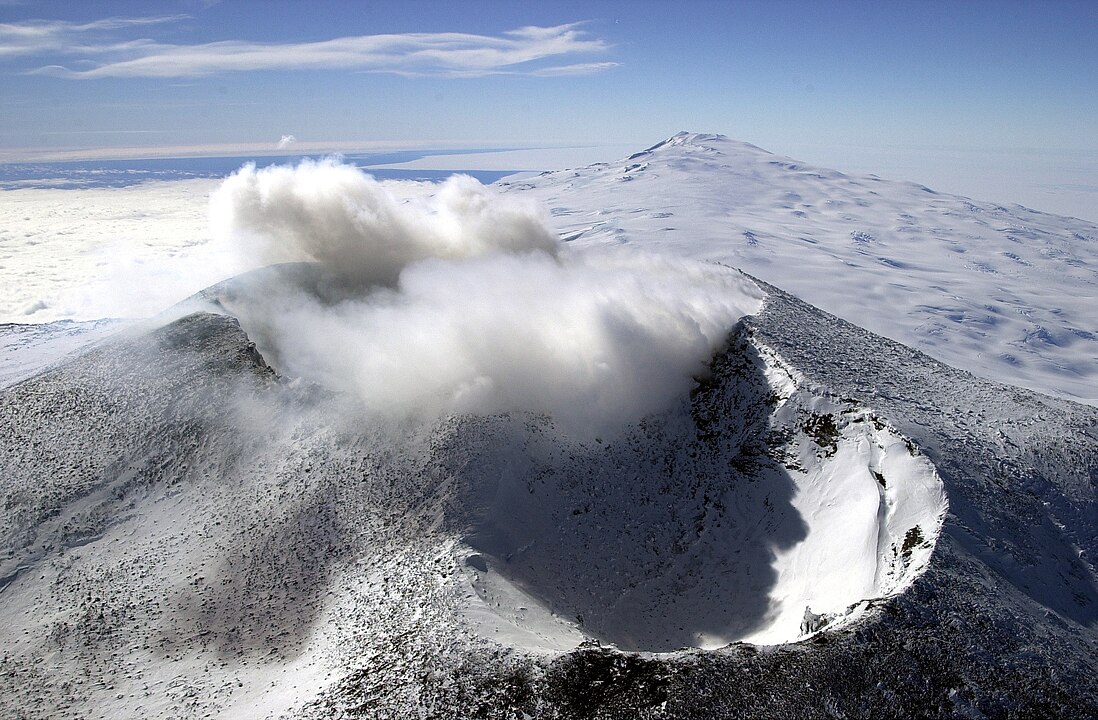
Mount Erebus in Antarctica is home to ice caves that have fascinated scientists. These caves, formed by volcanic gases venting into the ice, create a glowing, eerie landscape. While the basic process behind their formation is understood, some aspects of their behavior, such as the distribution of gases and the dynamic nature of the caves, are still being studied. Scientists continue to explore how volcanic activity interacts with ice formations, making the ice caves of Erebus a unique and somewhat mysterious phenomenon.
5. The Moeraki Boulders (Koekohe Beach, New Zealand)
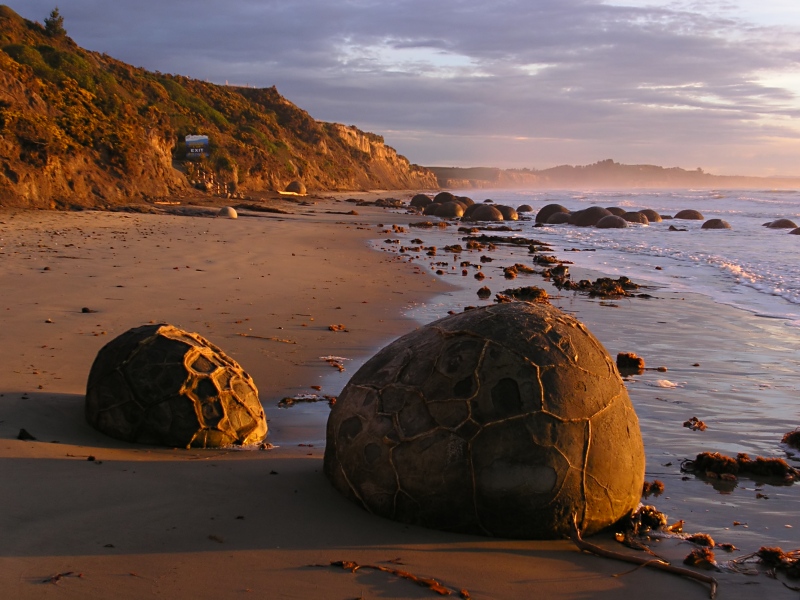
The Moeraki Boulders, located along Koekohe Beach in New Zealand, are large, spherical stones that have intrigued visitors and scientists alike. While the process of concretion is well understood, with minerals solidifying around a core over millions of years, the specific conditions that led to the formation of these perfectly round boulders remain fascinating. Although scientists understand the overall geological process, the boulders’ size, shape, and arrangement continue to be points of interest in geologic studies.
6. Earthquakes in Unusual Locations
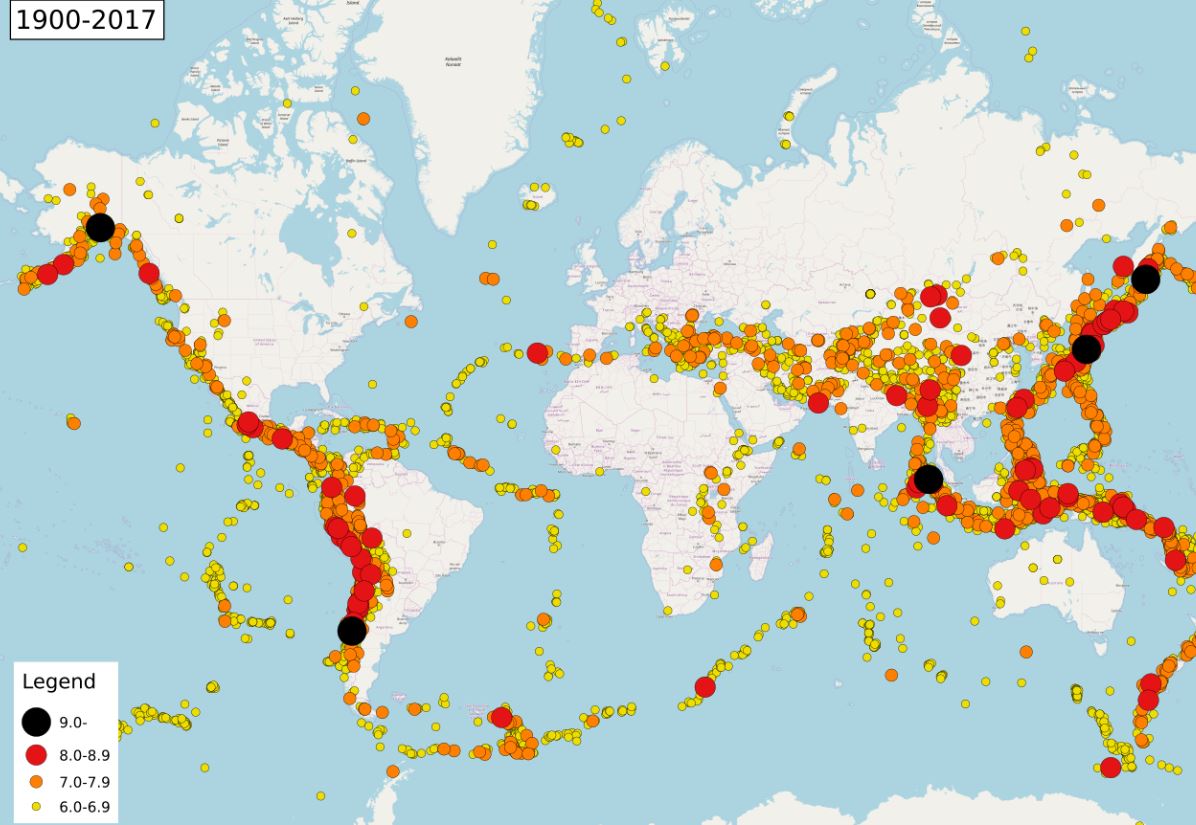
While most earthquakes occur along the edges of tectonic plates, some earthquakes happen in unexpected places. These “intraplate” earthquakes, like the 1811-1812 New Madrid earthquakes in the central U.S., have puzzled scientists for years. The lack of a traditional fault line in some of these locations challenges the conventional understanding of earthquake activity. While theories suggest stress accumulation within the Earth’s crust, intraplate earthquakes remain a topic of ongoing research and exploration.
7. The Yucatan Peninsula Sinkhole
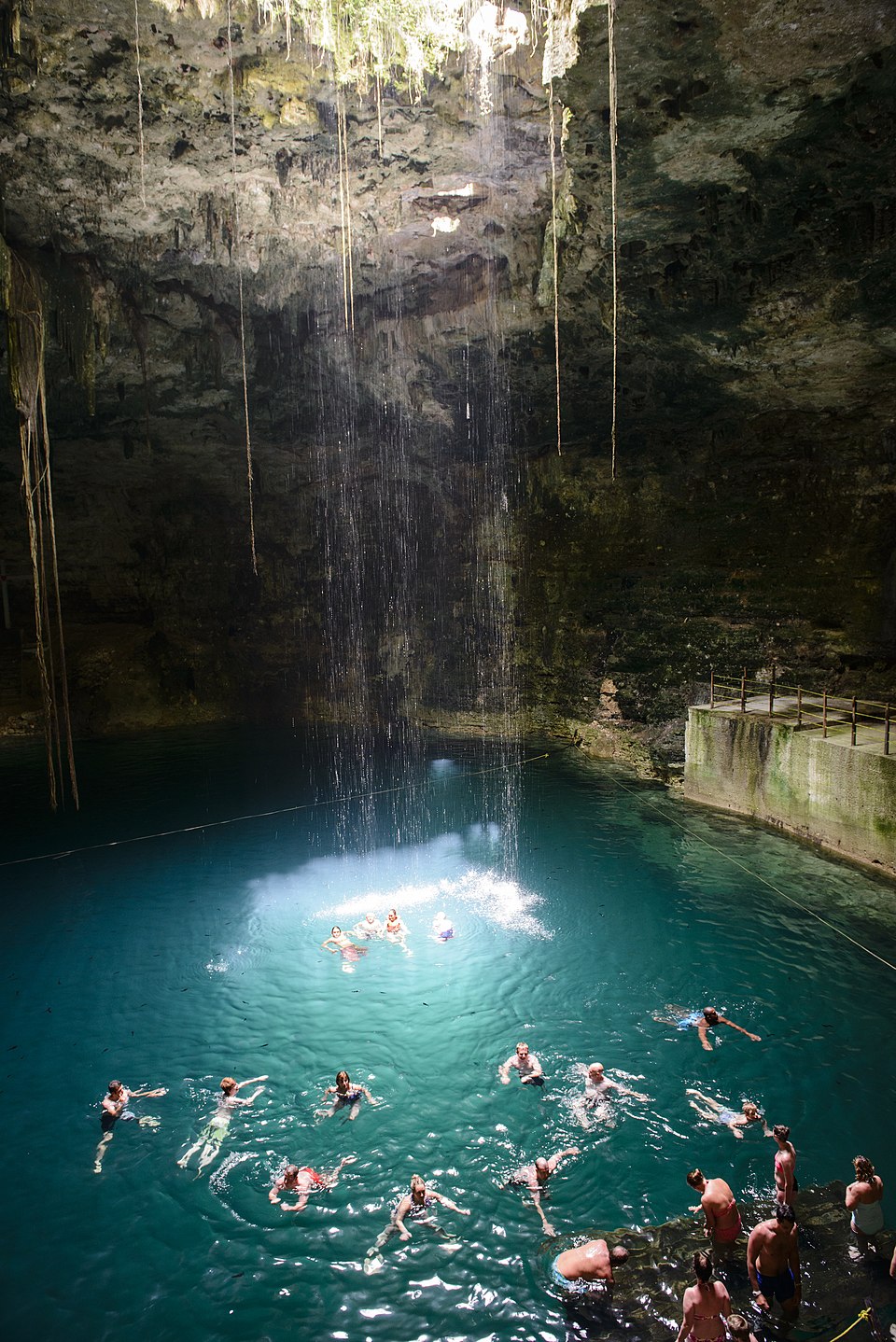
In the Yucatan Peninsula of Mexico, there is a vast network of sinkholes, many of which are still unexplored. The largest of these, the Sinkhole of Xibalba, is a natural wonder that remains a mystery for scientists studying underground water systems. The sinkholes were likely formed by the collapse of underground caves, but the exact processes and the full extent of the underground rivers that feed these formations are still not completely understood. Researchers continue to study these sinkholes to learn more about the Earth’s underground water flow.
8. The Great Red Spot on Jupiter
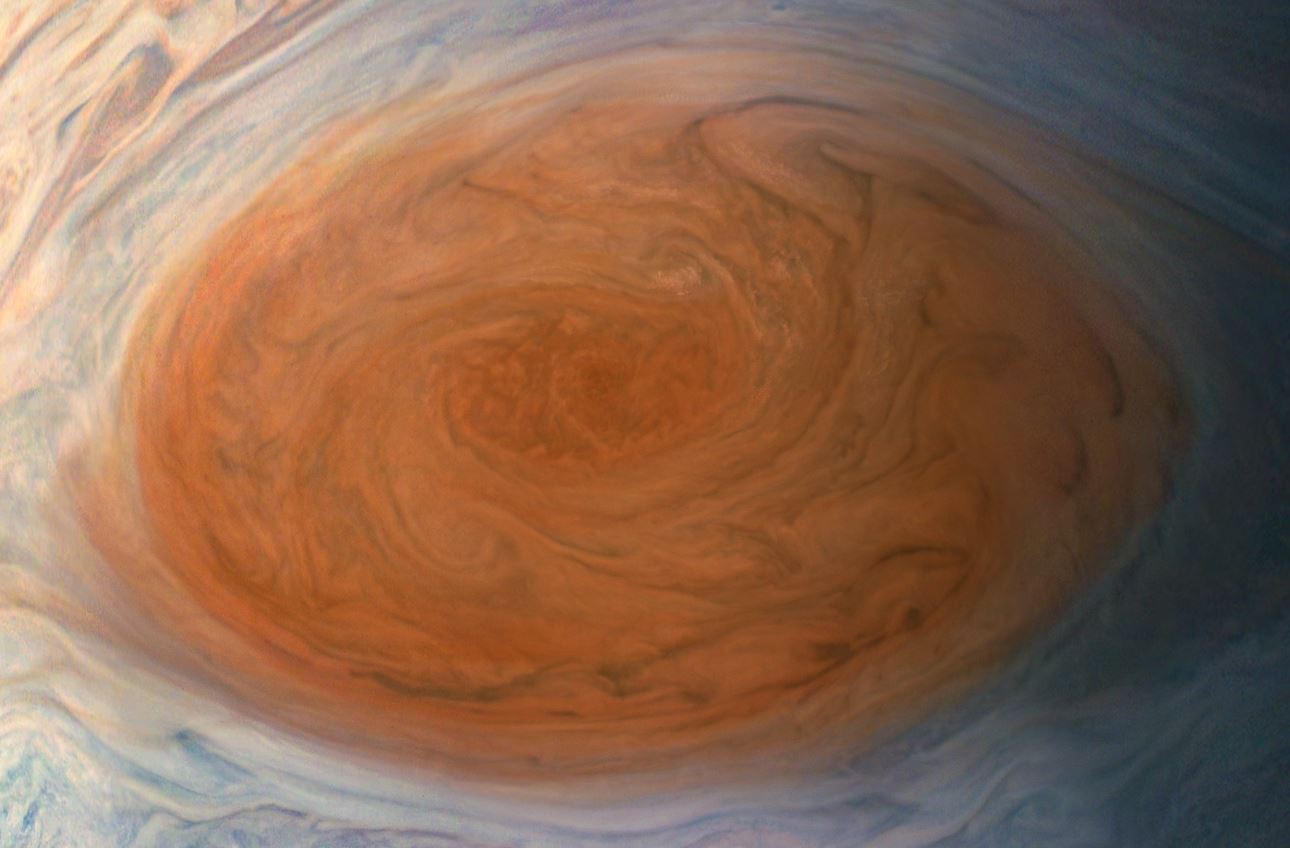
The Great Red Spot, located on Jupiter, is a massive, persistent storm that has been raging for at least 350 years. Scientists have studied this storm for decades, but they still don’t fully understand its longevity or the mechanics that sustain it. The storm’s size and intensity are baffling, and despite modern space exploration, scientists are still uncovering the secrets behind its endurance and the forces at work within Jupiter’s atmosphere. The Great Red Spot remains one of the most iconic and mysterious features of the solar system.
9. The Supervolcano Under Yellowstone
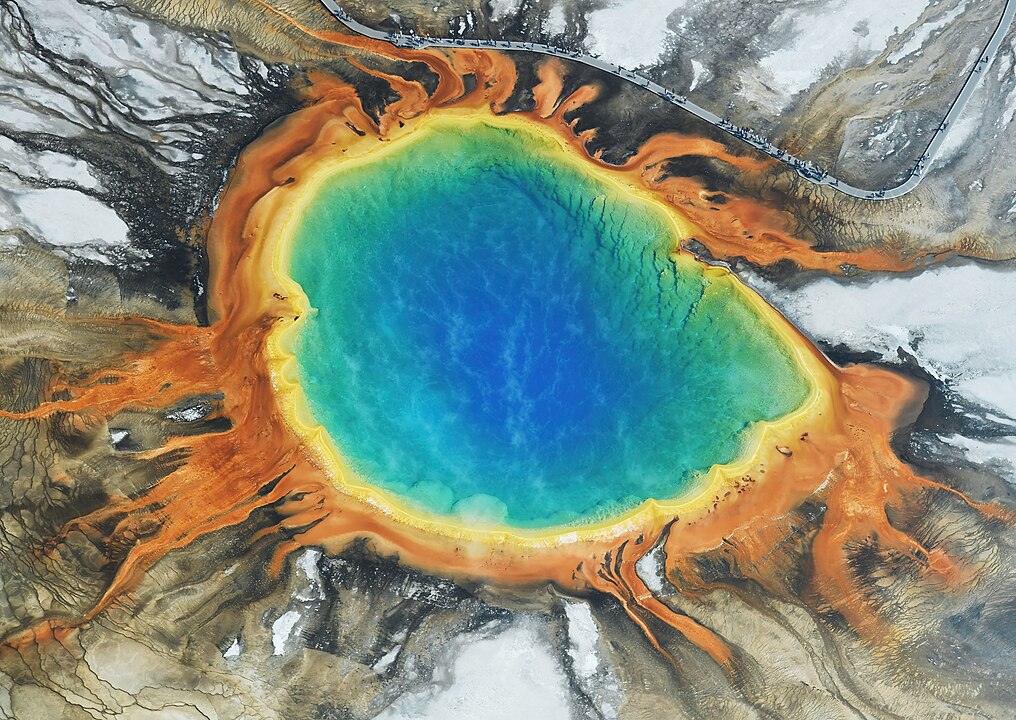
The Yellowstone supervolcano is one of the largest and most active volcanic systems in the world. While scientists have a solid understanding of its eruption history, predicting when or if it will erupt again is still a mystery. The last major eruption occurred 640,000 years ago, and though current monitoring has provided more insight into its activity, the potential for another catastrophic eruption is still not fully understood. Yellowstone continues to be one of the most closely studied geological features on Earth, with many questions yet to be answered.
10. The Bloop Sound

In 1997, the NOAA recorded a mysterious ultra-low-frequency sound in the Pacific Ocean. Initially thought to be from a large sea creature, the sound was traced to a massive underwater event. In 2005, scientists concluded that the Bloop likely originated from an “icequake,” where icebergs break off from glaciers. Despite the scientific explanation, the massive sound’s volume and scale made it one of the most fascinating events recorded by oceanic researchers, sparking continued curiosity about the ocean’s mysterious depths.
11. The “Skyquake” Phenomenon
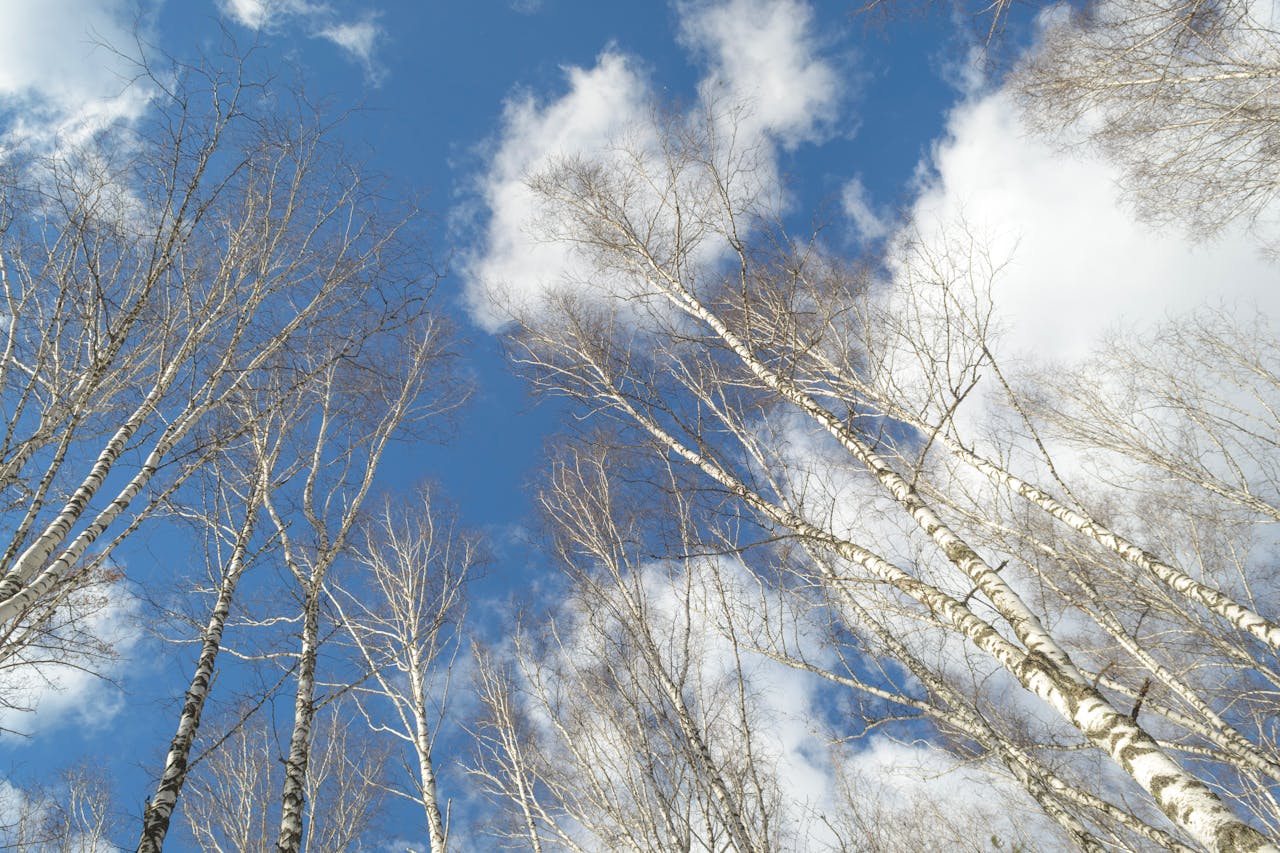
Skyquakes, also known as “sky trumpets,” are loud, unexplained booming noises heard in different parts of the world. These sounds often occur without any apparent source, and many theories have been proposed, including seismic activity, meteorological conditions, or even underground movements. However, no single cause has been definitively proven. While skyquakes are often associated with unusual atmospheric conditions, their unpredictability continues to make them one of the most mysterious sonic events on Earth.
12. The Mystery of the Nazca Lines (Peru)
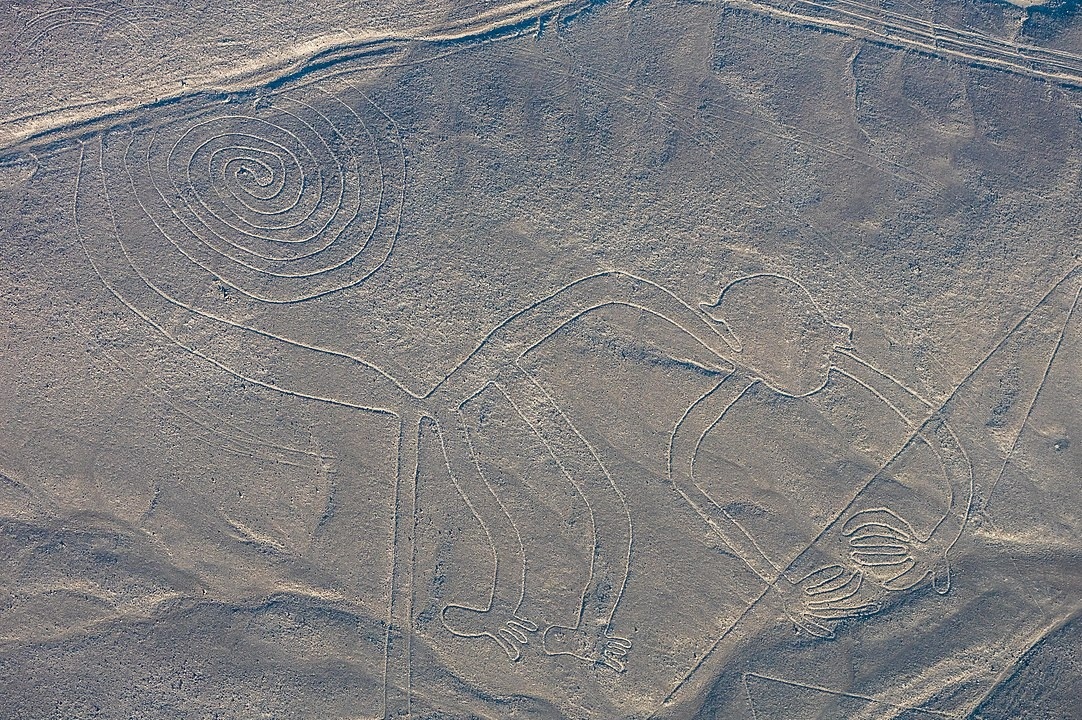
The Nazca Lines in Peru are a series of large geoglyphs etched into the desert floor, forming shapes of animals, plants, and geometric patterns. While scientists understand that the lines were created by the Nazca people over 2,000 years ago, the purpose behind them remains unclear. Some theories suggest they were used for astronomical or religious purposes, while others speculate that the lines had a connection to water worship or rituals. The full purpose of the Nazca Lines remains one of history’s greatest archaeological mysteries.
